Welcome to the sixth installment of Voxel51’s computer vision industry spotlight series. Each edition highlights how a different industry – from construction to climate tech, medicine to robotics, and more – uses computer vision, machine learning, and artificial intelligence to drive innovation. We’ll dive deep into the main computer vision tasks being put to use, current and future challenges, and companies at the forefront.
In this edition, we’ll focus on safety and security! Read on to learn about how computer vision is making the world a safer place!
Industry Overview
The security industry protects people, property, and assets, identifying potential threats and helping prioritize appropriate responses. The threat landscape is in constant flux, driving the security sector to develop innovative and robust solutions to combat the new and evolving dangers that lie ahead.
Key facts and figures:
- The global security market was valued at USD 143.07 billion in 2022 and is projected to grow at a Compound Annual Growth Rate (CAGR) of 8.3%, reaching approximately USD 317.57 billion by 2032
- North America dominates the space, accounting for about 33% of global revenue
- The video surveillance segment holds the largest market share (around 46%)
- AI is a perfect complement for analyzing all that video; the AI Video Analytics Market is estimated to reach USD 24.09 billion in 2024 and USD 100.22 billion by 2029, growing at a CAGR of 33% year over year
AI and computer vision have been introduced to bolster security systems with great success. Thanks to these technological advancements, security providers can now accurately and efficiently spot and handle threats, keep places safe, and run operations smoothly. Whether augmenting CCTV cameras, security checkpoints, or search and rescue efforts, computer vision fits nicely into the security industry, spotting threats and thwarting potential crimes through powerful detection and recognition techniques.
Before diving into various popular applications of computer vision-based AI technologies in security, it’s important to highlight the industry’s key challenges.
Key Industry Challenges in Safety & Security
- Compliance and Regulation: Strict data privacy rules and regulations rightfully increase the safety threshold for AI in deployments, slowing the industry’s adoption of state-of-the-art AI models.
- False Alarms: As more security systems are being put in place, false alarms are proving to be costly while also negatively impacting operations, reputation, and overall effectiveness.
- Filtering Through the Noise: CCTV camera adoption is at an all-time high, with cities in Asia reaching millions of cameras per city, increasing the struggle to pinpoint and extract meaningful data amidst the vast ocean of footage that is recorded.
- Protecting Systems Against Attackers: As the security industry advances, so do hackers and bad actors, making it paramount for deployed systems to have the best defenses.
- Ongoing Maintenance & Upgrades: Although security systems are robust, they also require regular maintenance and upgrades. For example, analog and IP cameras can last 5-10 years, however, NVR and DVR systems have a lifespan of 3-5 years.
Continue reading to learn about several ways in which computer vision applications are helping organizations in the safety and security industry.
Computer Vision Applications in Safety & Security
Intruder Detection
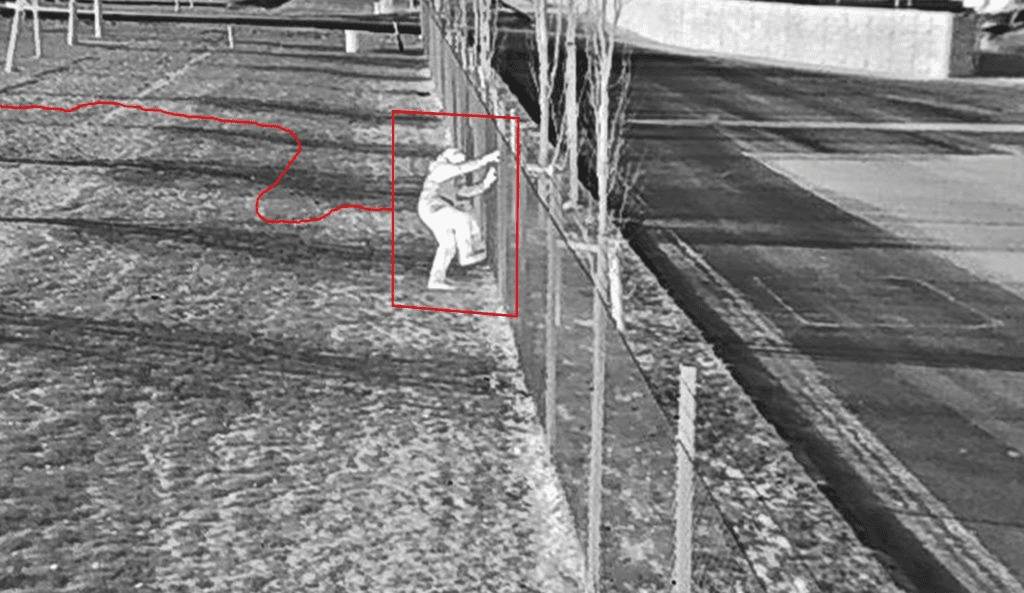

One of the fundamental capabilities of any security system is to identify when an intruder is attempting to break in. Computer vision techniques like object detection and tracking sit at the core of AI-powered security systems, making it possible to extract key insights from massive amounts of data and to work across multiple data modalities, such as thermal and LIDAR. For example, computer vision models can be used to identify potential trespassers and track them across multiple cameras while reducing false alarms through the ever-growing robustness and dependability of the models.
Vision-based security systems bring various benefits to commercial and residential users, including crime deterrence, 24/7 video recording to collect evidence of criminal and non-criminal events, and an overall enhanced sense of safety. In addition, the automation enabled by security systems frees up valuable staff time, allowing security teams to focus on other value-added tasks and continue to improve the overall safety of the premises.
The combination of computer vision and cameras also paves the way for new applications, including smart pet cameras, AI baby monitors, AI-powered drones, and video doorbells.
For further reading on the use of computer vision and AI technologies for intruder detection look here:
- Computer Vision: Revolutionizing Security Across Domains
- Four Ways Computer Vision Is Transforming Physical Security
Additionally, here are a few academic papers related to using computer vision for intruder detection:
- Artificial intelligence-aided railroad trespassing detection
- Intruder Detection and Tracking Using Computer Vision and IoT
- Artificial Intelligence-Based Intruder Detection Home Security System
- Chasing the Intruder: A Reinforcement Learning Approach for Tracking Unidentified Drones
Disaster Search and Rescue
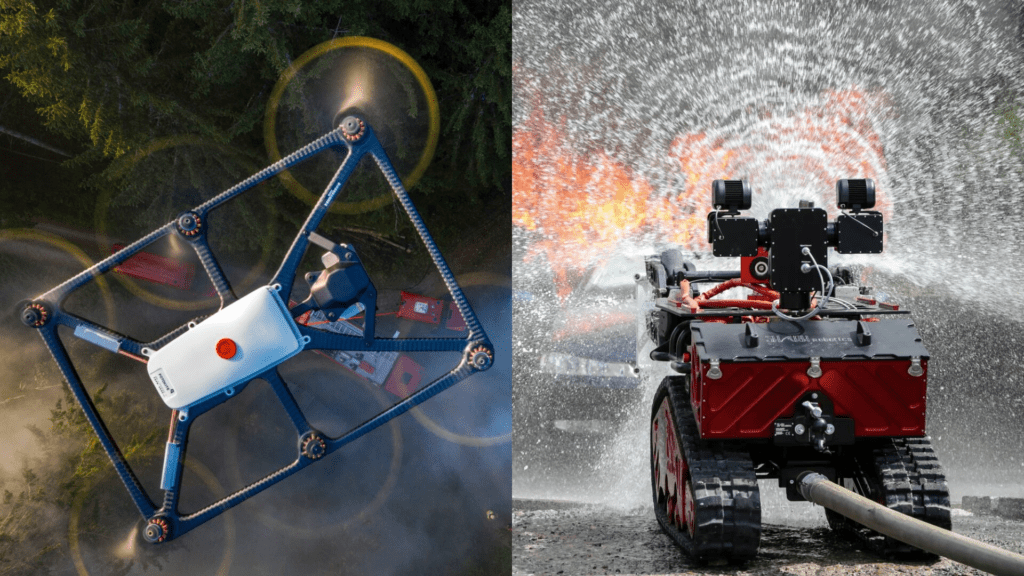

When disaster strikes, quick and efficient rescue responses are paramount. With advancements in robotics and computer vision, new rescue robots are being deployed across the globe to help respond to wildfires, earthquakes, tsunamis, and other catastrophes.
By utilizing these robots in situations where it’s too dangerous or challenging for humans to intervene, first responders can be effective in search operations while being kept out of harm’s way. Computer vision models such as YOLOv8 and EfficientDet are frequently used due to their high accuracy and quick speed. LiDAR and RADAR are used to look for life preservers or other emergency markers in the toughest environments.
Visit these resources for further reading on how search and rescue efforts are being transformed with computer vision:
- SAR Missions Empowered by Computer Vision: Enhancing Search and Rescue Efforts
- How AI can actually be helpful in disaster response
Check out these papers about using computer vision in search and rescue scenarios:
- Search and rescue operation using UAVs: A case study
- Visual-Based Person Detection for Search-and-Rescue with UAS: Humans vs. Machine Learning Algorithm
- Aerial Object Detection for Water-Based Search & Rescue
Security Checkpoint Screening
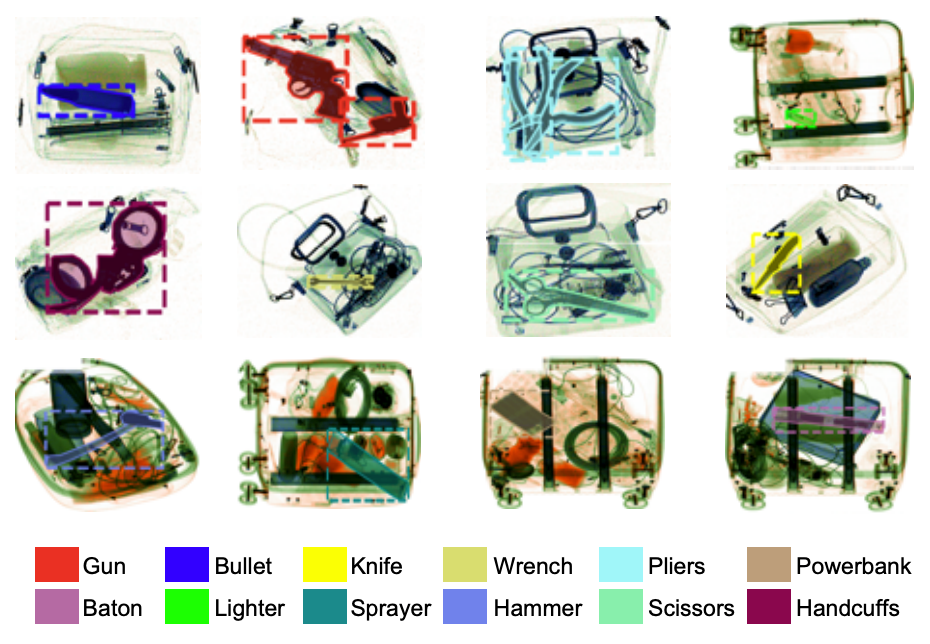

Almost everyone is intimately familiar with the airport security screening process. However, you might not realize the significant integration of computer vision technology in this process over recent years. Cutting-edge object detection methods now play a crucial role in identifying hazardous materials using various types of X-ray scans to help ensure the safety and protection of travelers.
X-ray can be a challenging medium to work with in computer vision due to its “not quite an image” qualities. Complex systems and file formats also make it difficult to integrate quickly into these systems. Luckily, vision models have never been easier to incorporate, and what once seemed like large gaps across modalities exist no longer. Airports are deploying the latest screening machines equipped with CV to combat prohibited items, such as guns, knives, and scissors, automatically.
Check out these resources on computer vision technologies used in security screening:
- Smiths Detection rolls out new automated object detection algorithm
- Object Recognition and Adaptive Algorithms in Passenger Property Screening
Here are a few academic papers related to using computer vision in security screening operations:
- Multi-Object Detection in Security Screening Scene Based on Convolutional Neural Network
- Improving feature-based object recognition for X-ray baggage security screening using primed visual words
Facial Recognition
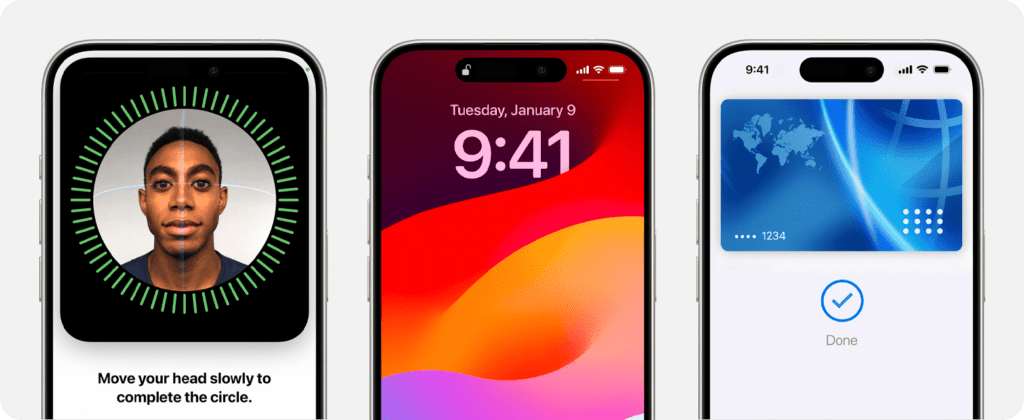

Facial recognition plays a crucial role in safeguarding our devices by protecting private information and serving as an effective deterrent against device theft. It is incredibly powerful and has even been able to distinguish between identical twins for years!
Beyond its role in phone security, facial recognition has applications in broader contexts. It is implemented to secure physical premises and assists law enforcement agencies in tracking criminals across multiple surveillance cameras in densely populated areas. Moreover, recent advancements have made it possible to deploy facial recognition in challenging environments, such as CCTV, with great success.
For further information on facial recognition, explore the following topics:
- Facial Recognition Services: Federal Law Enforcement Agencies Should Take Actions to Implement Training, and Policies for Civil Liberties
- Police surveillance and facial recognition: Why data privacy is imperative for communities of color
Here are a few papers related to using computer vision for facial recognition:
- Face Recognition Systems: A Survey
- Student attendance with face recognition
- Masked Face Recognition Dataset and Application
Safety Equipment Recognition
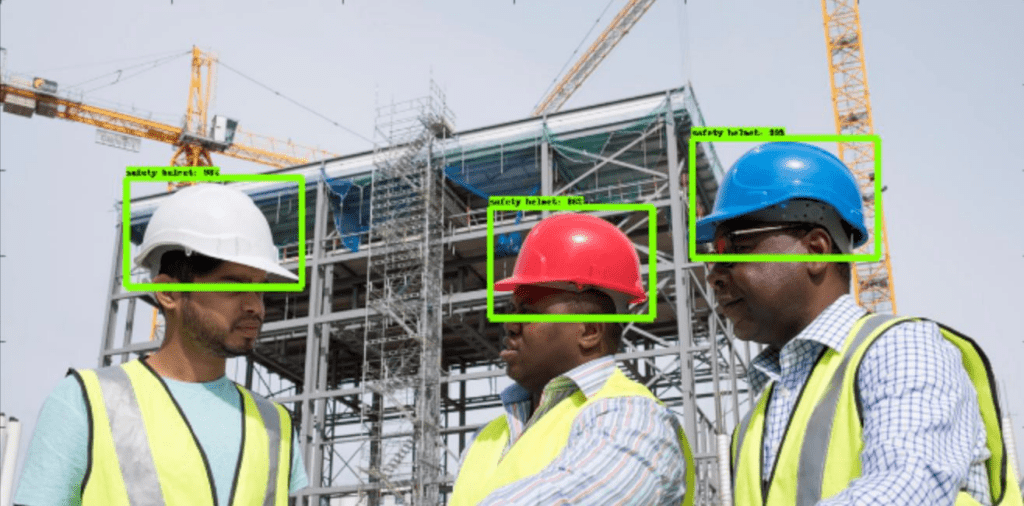

Safety takes various forms, and one critical aspect is the use of Personal Protection Equipment (PPE) at construction sites and other hazardous workplaces. Upholding safety regulations and best practices on-site is paramount, yet workers may inadvertently find themselves in areas lacking the necessary protective gear. That’s where computer vision comes to the rescue!
Hard hats, safety glasses, and masks are just some forms of PPE that can be detected using leading object detection models deployed to even the smallest IoT devices. Automated PPE detection prevents workers from entering areas with no or improperly worn PPE equipment, reducing injuries and increasing workplace safety. Some sites even implement fencing, a form of computer vision that sets off an alarm if someone enters a specific location in a camera that is prohibited.
Here is some further reading on PPE detection with computer vision:
- AI-Powered PPE Detection for Workplace Safety and Security
- ML Guide To Build PPE Detection Model For Construction Safety
- Overview: PPE Detection Safety Software at Protex AI
Check out these academic papers on computer vision in PPE detection:
- Personal Protective Equipment Detection: A Deep-Learning-Based Sustainable Approach
- A high-performance framework for personal protective equipment detection on the offshore drilling platform
- Novel Personal Protective Equipment Detection Technique with Attention-based YOLOv7 and Human Pose Estimation
Companies at the Cutting Edge of Computer Vision in Safety & Security
Everon (formerly ADT Commercial)
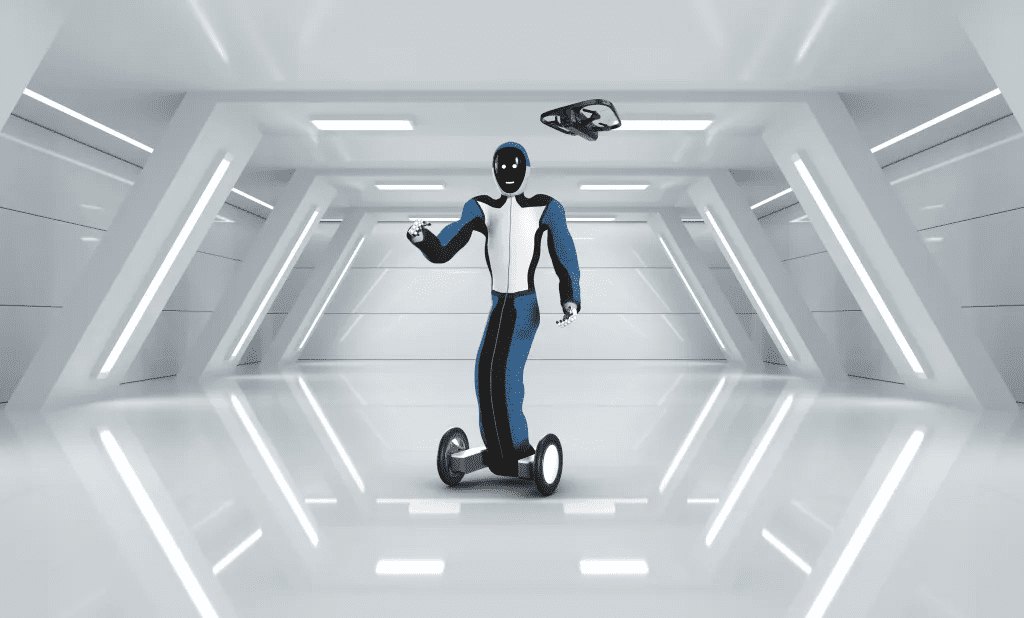

Everon™ (formerly ADT Commercial) stands out for its AI-driven approach to commercial security, fire, and life safety solutions. On a quest for ever-increasing innovation, Everon is pushing the boundaries of AI technology. Here are a few highlights:
- AI-Powered Analysis: Everon uses AI to analyze video feeds from security cameras. This enables real-time threat detection, facial recognition, and anomaly detection.
- Predictive Analytics: Everon employs predictive models to anticipate security risks. By analyzing historical data, they can predict potential incidents and take proactive measures.
- Smart Access Control: Everon integrates AI into access control systems. Facial recognition and behavioral analysis enhance security while streamlining access for authorized personnel.
- Automation and Robotics: Everon explores the use of intelligent robotics for surveillance and patrolling. In addition, AI-powered drones can monitor large areas, detect intrusions, and provide rapid response. Check out this article to learn more.
Forsight
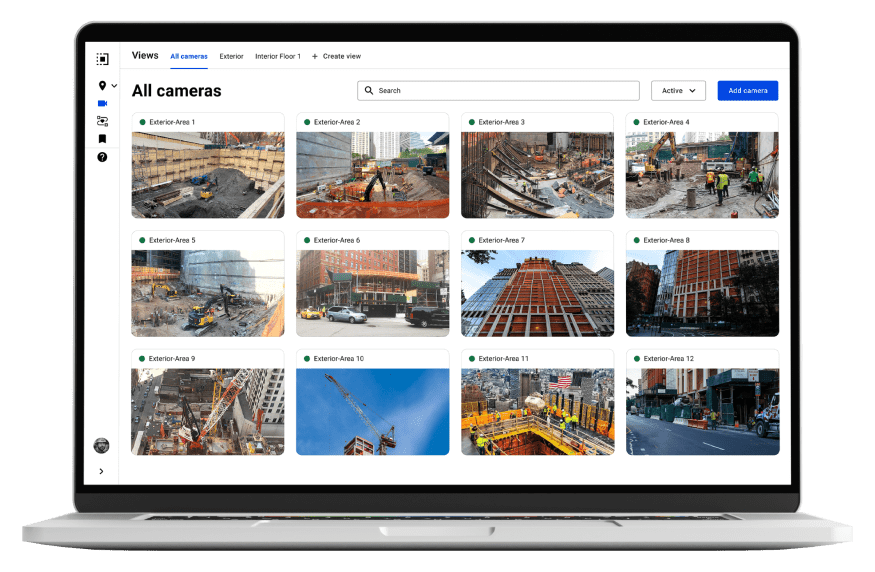

Forsight provides an all-in-one workplace monitoring solution for industrial job sites that leverages top-of-the-line computer vision techniques to improve safety levels. The company tackles job site challenges on all levels, from site-level security, monitoring of employee safety equipment of employees, fencing in hazardous areas, or generating heatmaps and analytics about different areas of any site.
Forsight combines expertise in computer vision, AI, and securing industrial job sites to build reliable, intelligent camera monitoring solutions. Some of its product features include 24/7 monitoring, adapting to any level of light or weather, facial and video recognition to prevent trespassing, and vector search to find the exact footage of a potential incident. Read Forsight’s case study on using FiftyOne Teams for dataset management!
Vivint
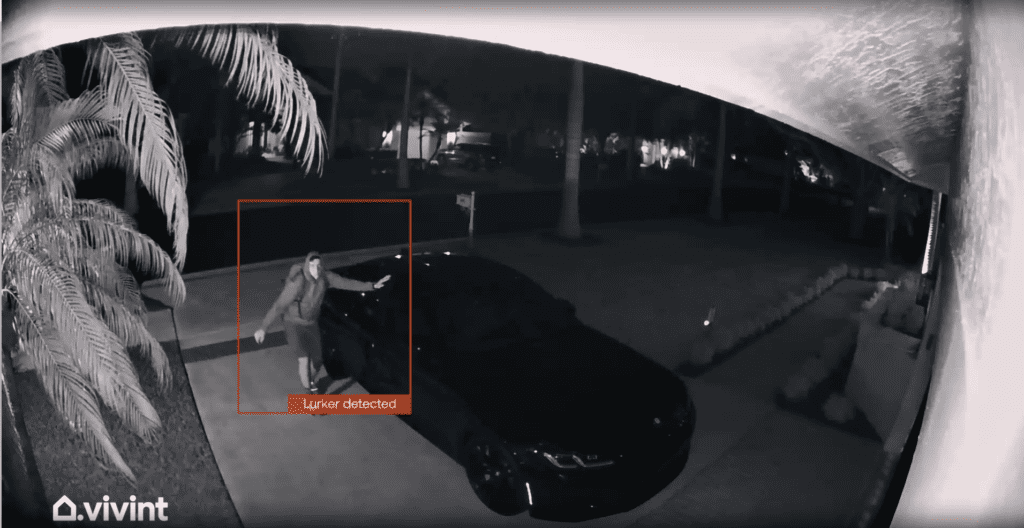

Vivint is a leader in AI-powered smart home security and automation solutions that make protecting and managing your home easier than ever. Vivint’s products include a variety of smart cameras (indoor, outdoor, doorbell), locks, lights, thermostats, garage door controls, car protection, and a host of safety and security sensors. These offerings are designed to provide safety, convenience, energy savings, and peace of mind.
The company’s AI-powered security solutions can learn patterns, detect potential threats, and actively help protect against them. Found in their security, home, doorbell, and outdoor cameras, object detection models help spot suspicious activities. With rapid alerts, homeowners can quickly respond to events and get emergency personnel involved as well. Vivint’s solutions can also intelligently detect packages being delivered, friends coming over, and more!
Smiths Detection
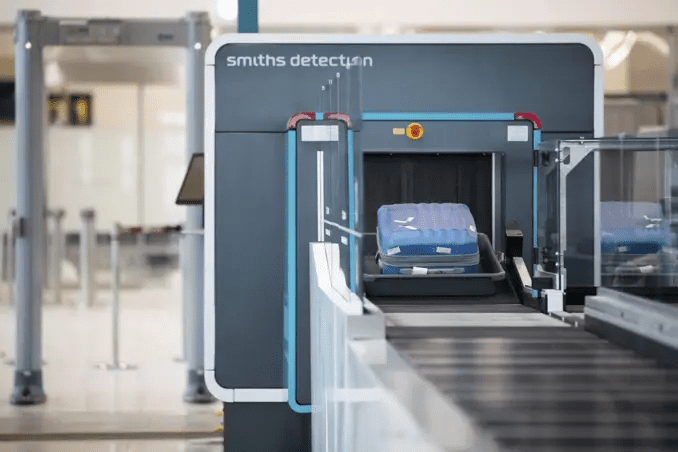

Smiths Detection is a global leader in threat detection and security screening technologies. Smiths Detection machines are used not only in aviation but also in ports and borders, cargo shipping, urban security, and other sectors.
By combining material discrimination and computer vision, Smiths Detection is revolutionizing safety and security. For example, Smiths Detection is developing a new detection algorithm to detect narcotics in passenger bags with their new HI-SCAN 10080 XCT machine, all without sacrificing the speed at which a bag is scanned. They are also working towards developing technologies that quickly identify threats while eliminating the need for passengers to remove liquids and electronics during airport security screening.
Flyability
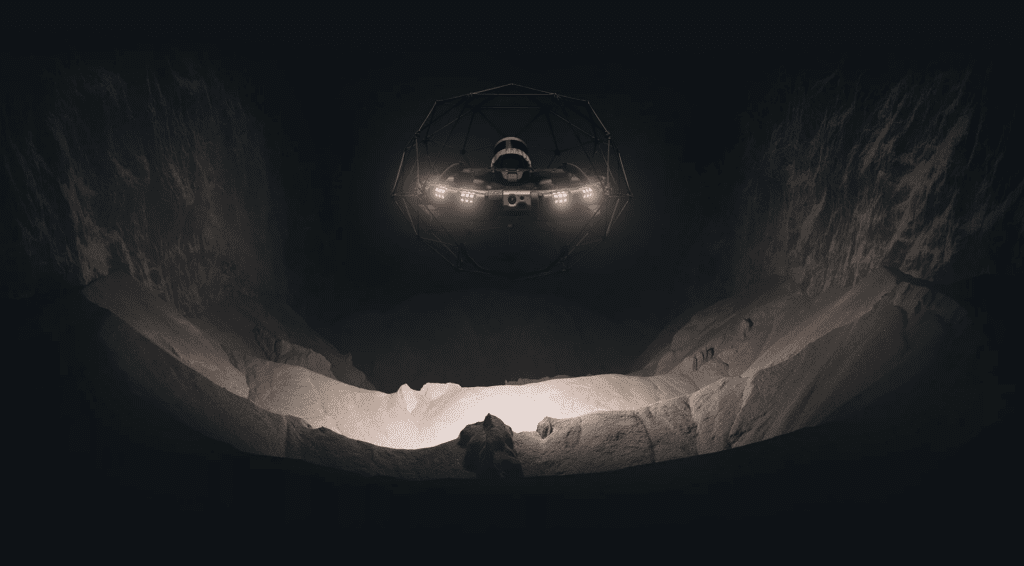

One of the largest hurdles in developing drones is being able to operate them in challenging environments, especially indoor, complex, and confined spaces. That is exactly where Flyability comes in. Flyability enables new interactions and services with UAVs while addressing two critical issues: collision and injury risks.
For example, Flyability’s latest product, Elios 3, can perform in environments that previously seemed impossible. The Elios 3 drone uses FlyAware™, a powerful combination of computer vision, LiDAR technology, and an NVIDIA graphics engine, and functions as both a centimeter-accurate indoor GPS and real-time 3D map builder, enabling it to navigate even the toughest conditions. Flyability drones have already seen successful deployments in various industries, such as oil and gas, nuclear, mining, and sewer inspections, significantly improving safety and efficiency.
Protex AI
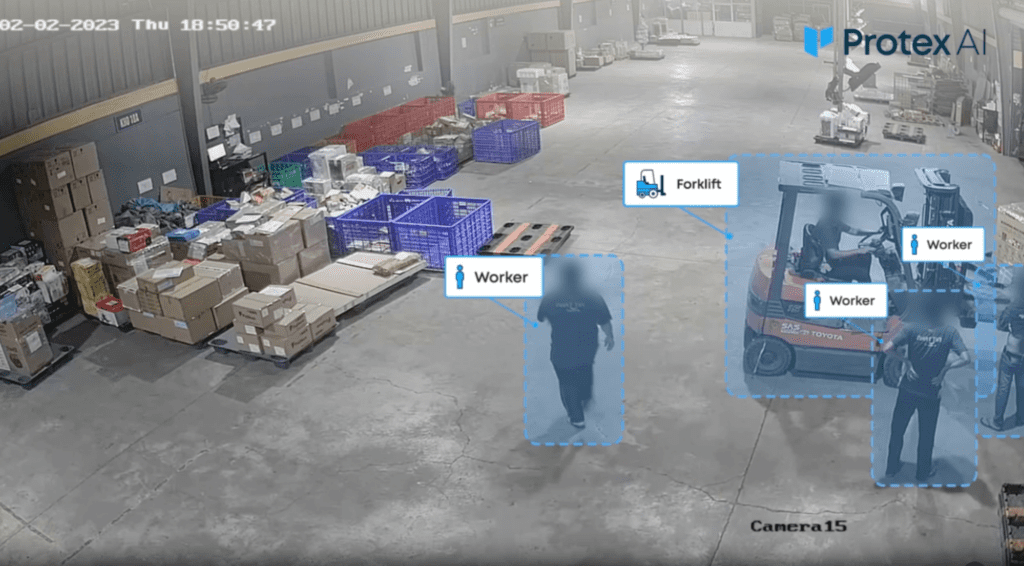

Protex AI helps enterprise Environmental Health & Safety (EHS) teams revolutionize how they make proactive safety decisions that help contribute to safer work environments. It does this through its AI-powered technology, enabling businesses to gain greater visibility of unsafe behaviors in their facilities. The privacy-preserving platform plugs into existing CCTV infrastructure and uses its computer vision technologies to capture unsafe events autonomously in settings such as warehouses, manufacturing facilities, and ports. Protex AI provides critical workplace safety insights, including unsafe vehicle behaviors (near miss detection), real-time ergonomics analysis, environmental hazard detection, PPE usage and compliance, and much more.
Canopy
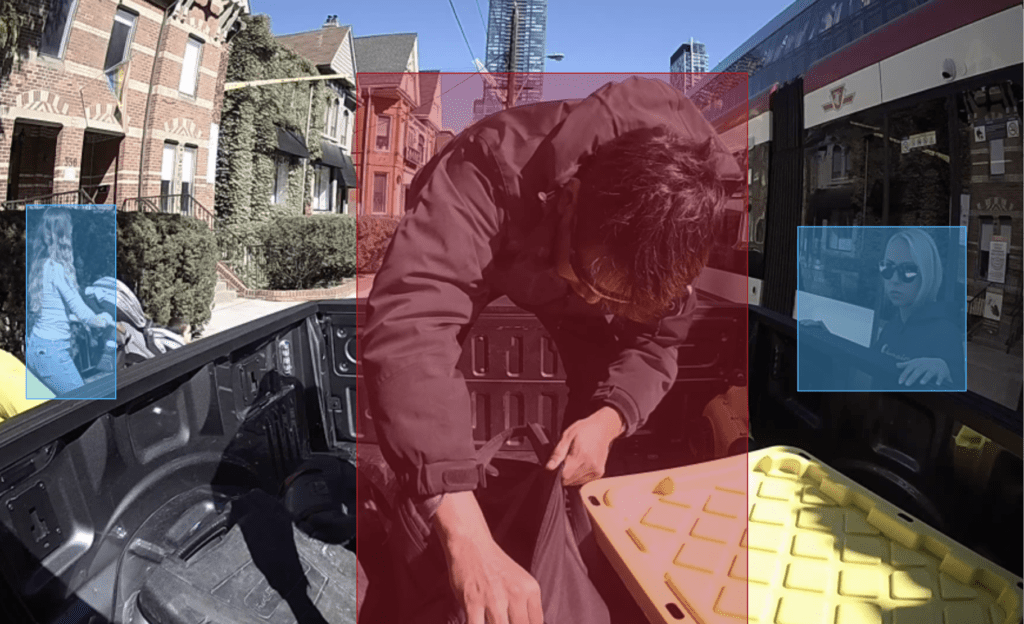

Canopy is a smart vehicle security startup and maker of a connected security camera for pickup trucks, designed to provide real-time truck bed monitoring when the vehicle is parked and the owner is away.
If you’re a truck owner, protecting the tools, equipment, and other gear that make your work and life run smoothly is essential. Unfortunately, hauling these items in your pickup bed puts you at risk of theft and vandalism.
Canopy uses AI for enhanced vehicle security and to:
- Detect potential intrusions in real time, alerting owners through their smartphones
- Distinguish between genuine threats and false alarms, minimizing nuisance notifications
- Automatically record and save video clips of potential intrusions, providing valuable evidence for authorities or insurance claims
Secury360
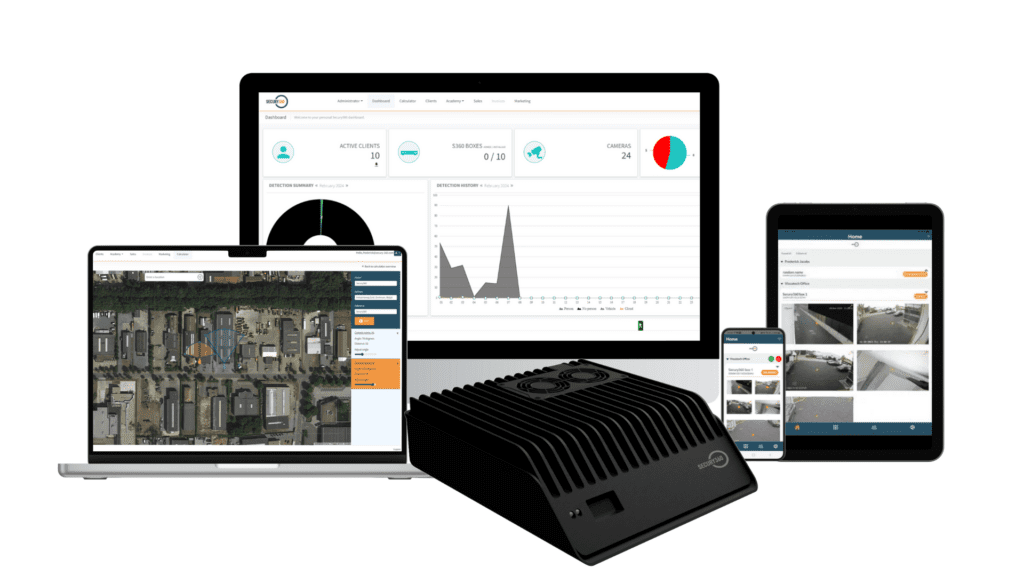

Secury360 makes it possible to transform any security camera into an active burglar detector without complicated configurations. The Secury360 box transforms CCTV setups into a proactive detection solution that uses AI to eliminate false alarms and guarantee only human detection. The box features edge AI to gradually learn the terrain through deep learning to recognize behavior and discern if someone has bad intentions. Because only human detections get through the filter, operators have more time to respond to and prevent real threats.
MIDL Technology
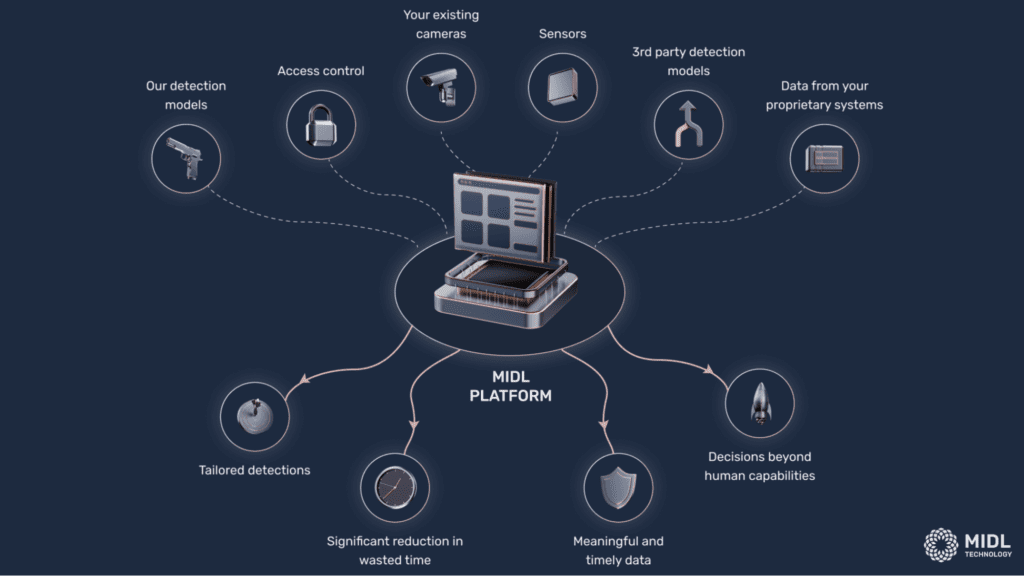

MIDL was developed to solve the problem of security cameras seeing, but not remembering – causing public safety teams to lack awareness of what threats may be at the property and waste countless hours manually searching footage. Their intelligence platform solves this problem by remembering what your existing cameras see and integrating this knowledge with other technologies at your property such as access control, sensors, shuttle buses, etc. If you are looking for something in your footage, just come and ask their software. If you want to be alerted for something, MIDL will remember everything you are looking for and let you know if the event happens.
In summary:
- Instantly find what you’re looking for in your camera footage
- Set very granular alerts for activity of interest
- Save significant time and limit damages from incidents
Safety and Security Datasets
If you are interested in exploring applications of computer vision in safety and security, check out these datasets:
- Hard Hat Dataset: If you’re working on improving workplace safety by detecting people and hard hats, try out this dataset. It contains 5k images with bounding box annotations for three classes: helmet, person, and head. Explore the hard hat dataset in FiftyOne instantly in your browser, or check it out on Kaggle.
- UCF-Crime Dataset: This dataset consists of 128 hours of surveillance videos that cover 13 real-world anomalies that have a significant impact on public safety, such as fighting and burglaries, along with normal activities. Explore a subset of video frames from the UCF-Crime dataset in FiftyOne instantly in your browser.
- PIDray Dataset: This large-scale dataset contains more than 47,000 X-ray images across 12 categories of prohibited items with high-quality annotated segmentation masks and bounding boxes. Explore a subset of nearly 10k samples from the PIDray dataset in FiftyOne instantly in your browser.
If you would like to see any of these or other safety and security computer vision datasets added to the FiftyOne Dataset Zoo, get in touch, and we can work together to make this happen!
Join the FiftyOne Community!
Developers of safety and security applications can benefit from FiftyOne’s ability to easily filter through the huge amounts of visual data collected daily from stores and other sources. Using open source FiftyOne, this data can be curated into datasets for model training or shared with colleagues for annotation or analysis of computer vision models.
Join the thousands of engineers and data scientists already using FiftyOne to solve some of the most challenging problems in computer vision today!
- 2,500+ FiftyOne Slack members
- 6,400+ stars on GitHub
- 20,000+ Meetup members
- Used by 490+ repositories
- 85+ contributors
What’s Next?
- See how computer vision impacts agriculture, manufacturing, healthcare, sports, and retail in our first five industry spotlight posts.
- If you like what you see on GitHub, give the project a star.
- Get started! We’ve made it easy to get up and running in minutes.
- Join the FiftyOne Slack community. We’re always happy to help.
